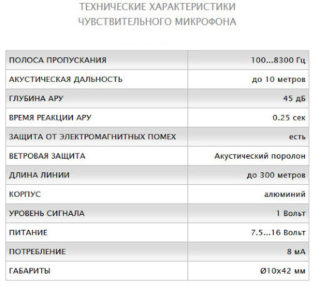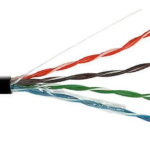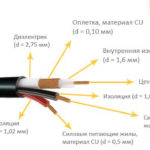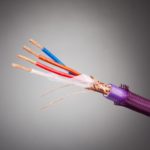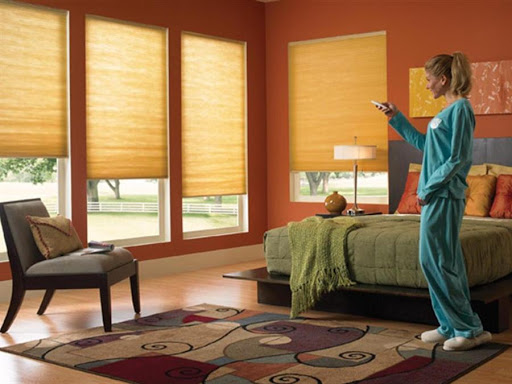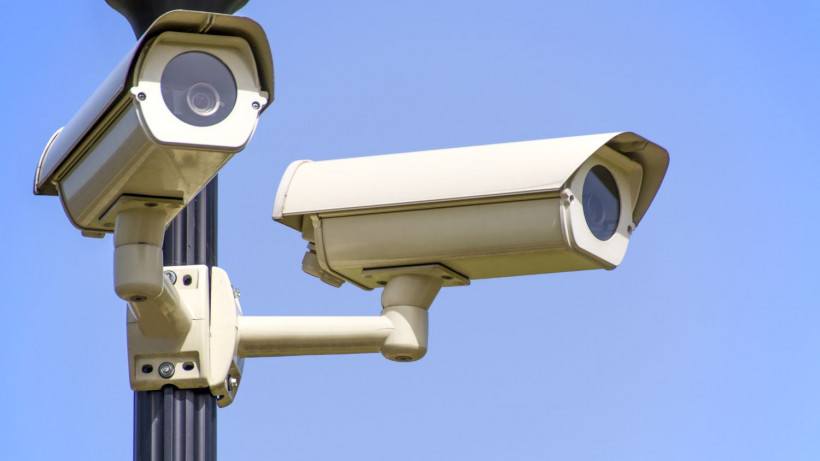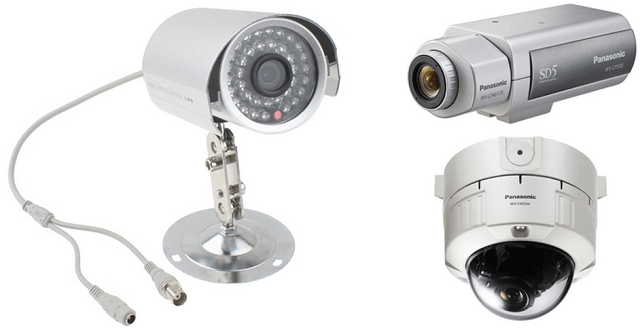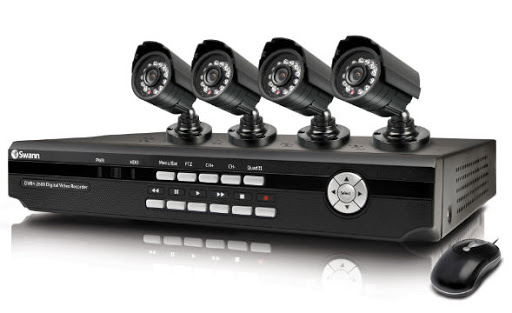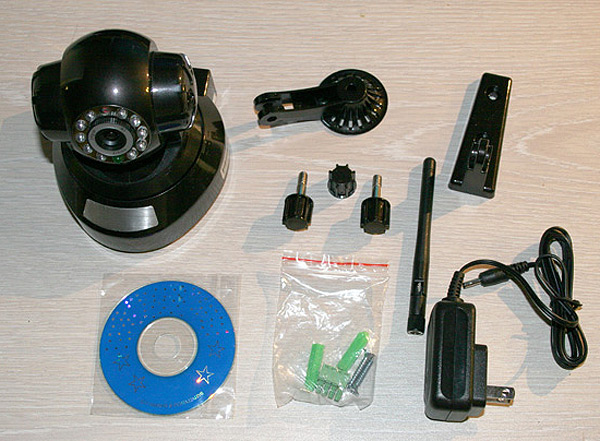Sound accompaniment in visual monitoring systems significantly increases the information content of the image. The microphone for video surveillance and the method of its connection are selected based on the goals set, the configuration of the equipment and the features of the facility.
Benefits of Microphone Surveillance Systems
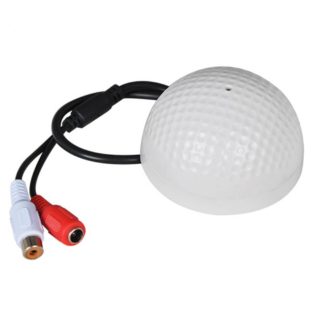
Sound information from an apartment or enterprise, received in conjunction with a video sequence, allows you to make the right decisions in the current situation:
- deal with the situation in the office;
- settle conflicts with store buyers;
- monitor the behavior of teachers and students during the lesson;
- make a decision based on the results of negotiations with visitors through intercoms;
- have information on the performance of duties by nannies and other workers.
Digital cameras are often equipped with a built-in microphone, which allows you to solve only part of the task at hand.
The need for an external device
Microphones integrated into the camera body reproduce the sound environment in a small space in front of the device. In conditions of noise interference, the recorded information sometimes cannot be deciphered.
External microphones have several advantages:
- allow you to increase the range of confident listening;
- form a directional zone;
- have the quality characteristics of the noise reduction system, which is important for work in industrial environments or on the street.
External devices can be placed in locations with the best reception, which may not always coincide with the locations where the camera is installed.
Important characteristics
- Acoustic range determines the distance at which the received signal allows you to correctly perceive the situation, to distinguish between individual words and sounds.
- Passband is a range of frequencies in which the amplitude-frequency response is uniform, without dips. The optimal band is considered to be from 50 Hz to 15 kHz, which is in the range of human hearing.
- Automatic gain control without operator intervention removes extraneous noise generated by operating industrial equipment and passing vehicles.
- The configuration of the reception area allows you to receive a signal from the desired direction. There are microphones with a circular reception area or narrow-beam microphones.
- Having a built-in amplifier is important for long distance signal transmission or when a quiet signal needs to be recognized.
- The need for power supply for work.
Devices with protection against wind noise, housing material and degree of moisture resistance are selected based on the expected operating conditions.
Sensitivity zone
The direction of the receiving area depends on the design features. Sellers usually use the terms "lapel" and "cannon".
The first option is small in size and wide viewing angle. The microphone perceives the sound environment practically around itself, which must be taken into account during installation and the appropriate video cameras must be selected. Otherwise, it will not be clear where the sound came from.
Cannon types are narrowly focused, have increased sensitivity.The characteristics allow you to receive a signal accurately from the working area. This is important, for example, when monitoring a specific workplace.
Varieties of designs
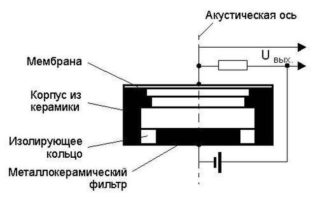
All types of miniature microphones are divided into condenser and electrodynamic.
In the first case, the signal source is a metallized membrane that serves as one of the capacitor plates. When exposed to sound, the membrane vibrates, due to which the induced capacitance changes with the second (stationary) plate. The receiver generates a signal.
The disadvantages of capacitor devices are:
- significant dimensions for high-quality sound;
- high price;
- inoperability in street conditions;
- inability to connect to inexpensive fixing equipment due to mismatch of power parameters.
Electret microphones are condenser type and are suitable for indoor installation.

The most widespread in surveillance systems are electrodynamic devices:
- have a low cost;
- suitable for use in any environmental conditions;
- operate at frequencies characteristic of human hearing.
The downside is the lack of sensitivity, which will require an additional amplifier in the circuit.
Connection cable
Several factors affect the choice of wire for connecting the device to the DVR:
- Microphone distance. If it is large, quality loss is possible.
- Electrical Noise Level - Powerful electrical equipment can induce noise over long transmission lines.
- Type and composition of equipment (analog or digital).
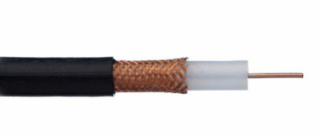
In the practice of installing video systems, several types of products are most common:
- The coaxial cable is designed to transmit a signal over a distance of 300 m. The braid of wires or foil protects from interference. At distances up to 50 m, products marked RK-75-1.5 are used, from 50 to 100 m - RK-75-2, from 100 to 300 m - RK-75-3. Imported analogues - RG-6, RG-59, RG-11.
- The combo cable consists of a coaxial wire and two power cores, hidden by a single sheath. The products are convenient to use in cases where the power supply is located at the installation site of the recorder - they lay one wire. Designation KVK-2x0.35 stands for video surveillance cable combined with 2 cores, cross-section 0.35 mm2. The further to the power supply unit, the thicker the cores are chosen.
- Stranded wires contain from 2 to 20 individual conductors, each of which can be solid or stranded. For installation sites with a calm electromagnetic environment, cables without braiding are used.
- A twisted pair cable transmits a signal over a distance of 1000 m. There are UTP wires without braiding. FTP with a foil sheath common to all wires. STP is a noise-immune option, in which each wire is hidden under a separate screen.
To dock the twisted pair and analog microphones, transceiver adapters are used, which reduce the level of interference.
Procedure for connecting analog products
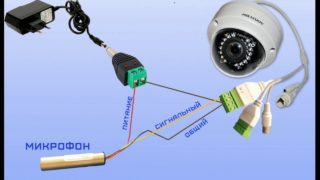
There are special contacts on the back of the recorder for connecting a microphone.
Work begins with laying cables or wires:
- the distance between the camera and the recorder should not exceed those recommended by the manufacturer;
- from the electrical wiring to the parallel wire should not be less than 15 cm;
- shielded cables are grounded;
- the bending radius is not less than the recommended one;
- at a level below 150 cm from the floor, the wires are protected with an outer sheath (corrugation, box).
Based on the configuration of the equipment, you need to connect to the recorder with the appropriate connectors: RSA or tulip.
Depending on the equipment, soldering or connectors of an appropriate design are used to connect the device.
The microphone passport contains a diagram for connecting a microphone to a video surveillance camera.
All connections are made with the equipment disconnected from the network.
Adhere to wire color scheme:
- black - common wire connecting the "minus" of the camera, power supply and microphone;
- red - connects the "plus" of the power supply and microphone;
- yellow - signal wire, connected to the central terminal of the recorder.
A color scheme other than the standard color scheme will make troubleshooting more difficult.
Features of connecting to a digital camera
The transformation of information is carried out by the electronic circuit of the camera, so the microphone is connected to the camera, and not to the recorder.
The connection points and the necessary plugs are selected based on the configuration of the equipment and the product passport.
Installation height
When choosing a place to install an external microphone, they are guided by the parameters:
- mechanical protection from the effects of pets, vandals, accidental damage when moving furniture;
- direction of the zone of confident reception;
- range to the place from which you want to get information.
In most cases, it is desirable to install the device at a height of 2 to 2.5 m.
Connecting an external microphone to a video surveillance camera significantly increases the quality parameters of the system, improves information content. The work is carried out independently or entrusted to specialists. It is important to choose the right equipment, focusing on the features of the object and the tasks set.

